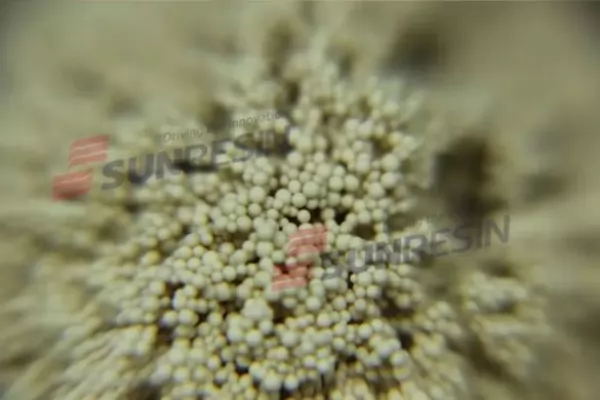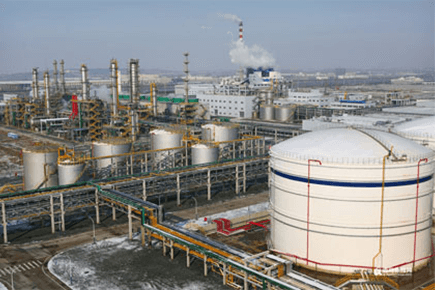
Desalination and Decolorization Process during Gentamicin Sulfate Production Pocess
1. Gentamicin Sulfate Production Process:
Gentamicin sulfate is an aminoglycoside antibiotic used in many different applications as binding to the bacterial ribosome, inhibiting protein synthesis, and compromising cell membrane integrity. Gentamicin sulfate is characterized by high thermal stability.
_1698301564_WNo_600d393.webp)
There are three primary methods of gentamicin sulfate production: fermentation, semi-synthesis, and biological conversion.
Fermentation is a traditional approach that employs a suitable medium to culture a specific strain for gentamicin production. Semi-synthesis, a more modern method, merges natural source extraction and chemical synthesis, making an improved structural and enhanced effectiveness. Biological conversion, on the other hand, exploits the metabolic capabilities of microorganisms, transforming them into gentamicin precursor substances.
Regardless of the chosen method, maintaining the purity and quality of the gentamicin sulfate is a critical factor in the synthetic preparation process, as it significantly affects product yield.
2. Role of Ion Exchange Resins in Gentamicin Sulfate Production:
During the fermentation production of gentamicin sulfate, the typical process flow
Involves fermentation, extraction, purification, saltremoval, crystallization drying, andsulfate transformationTo obtain a high-purity product, various factors, including product quality, yield, and process, must be considered and optimized.
In this context, anion and cation exchange resins are frequently employed to remove dyes and impurities, thereby enhancing the final product's purity and quality.
Anion Exchange Resin Application:
Anion exchange resins, with their positive charge, are capable of adsorbing negatively charged anionic dyes. During this stage, these anionic dyes are selectively adsorbed by the resin, leaving the gentamicin sulfate unaffected.

Cation Exchange Resin Application:
Post anion resin treatment, the gentamicin sulfate mixture is passed through a cation exchange resin fixed bed. Here, cationic dyes and other positively charged impurities are adsorbed, releasing the comparatively neutral gentamicin sulfate.
By employing this ion exchange resin process, dyes and impurity salts are effectively eliminated, thus enhancing the product's quality and purity.
3. Sunresin LX Series: Optimized Anion and Cation Exchange Resins:
In response to the industry's demand for hig volumes of gentamicin sulfate, Sunresin developed an optimal process, based on LX series resins, for the purification of gentamicin sulfate and other aminoglycoside pharmaceuticals thanks to the great know how of the team of R&D and production experts.
Through a rational approach in the modifications of the molecular framework and pore resin structure, these resins are now capable of playing a more pivotal role in antibiotic production.
Parameters that were optimized include ion exchange capacity, anti-contamination performance, mechanical strength, and lifecycle. Using a rigorous industrial validation process, the Sunresin LX series of anion and cation exchange resins demonstrated a significant enhancement in handling raw materials compared to traditional resins. Notably, the consumption of water and acid-base reagents during resin operation was also significantly reduced, leading to industry-wide acclaim.














